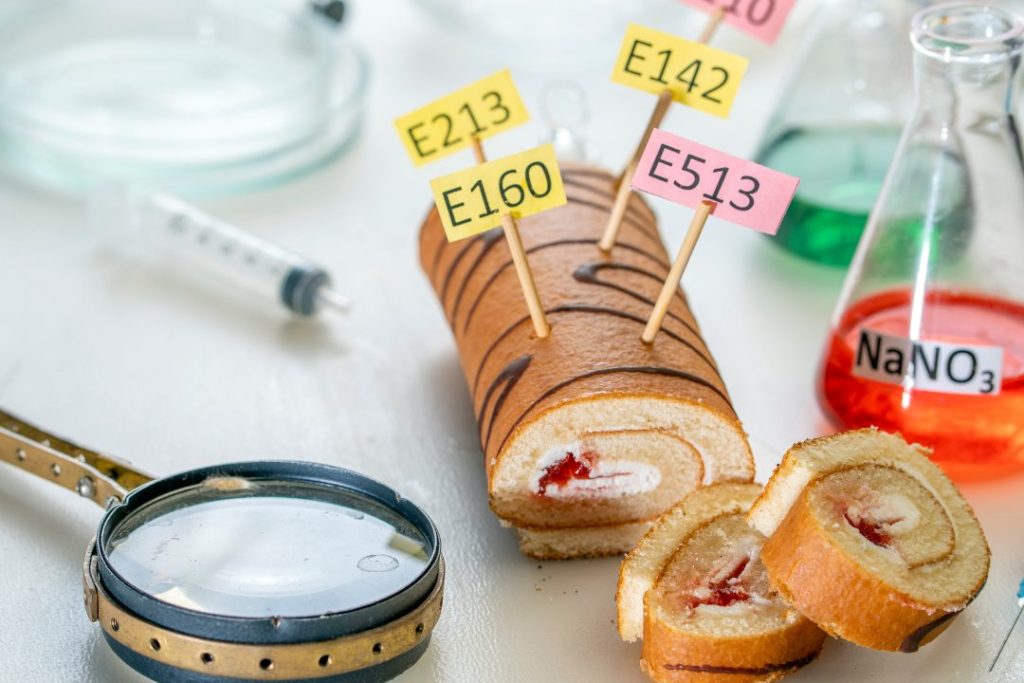
Sweet Science: How Chemistry Makes Cookies and Cupcakes Delicious
- Lutful Ahmed
- August 28, 2024
- 7:55 pm
- No Comments
Baking isn’t just an art—it’s also a science. The chemistry behind creating delicious cookies and cupcakes involves understanding how ingredients interact to produce the perfect treat. Let’s dive into the sweet science of baking!
The Science of Ingredients
Flour and Structure
Flour provides the structure for baked goods. It contains proteins like glutenin and gliadin that, when mixed with water, form gluten. Gluten gives cookies and cupcakes their chewy texture and helps them hold their shape. The type of flour used can affect the texture; for example, cake flour has less gluten and results in a lighter, fluffier texture.
Sugar and Sweetness
Sugar doesn’t just add sweetness—it also plays a crucial role in baking. It helps to tenderize the dough by interfering with gluten formation and absorbs moisture, keeping cookies and cupcakes moist. Sugar also aids in browning through caramelization and Maillard reaction, which gives baked goods their golden color and rich flavor.
Eggs and Binding
Eggs are vital for binding ingredients together. The proteins in eggs coagulate when heated, helping to solidify the structure of cookies and cupcakes. They also add moisture and richness, contributing to a tender crumb.
Baking Powder and Leavening
Baking powder is a leavening agent that causes dough to rise. It contains a combination of an acid (like cream of tartar) and a base (like baking soda). When mixed with moisture and heat, baking powder releases carbon dioxide gas, which forms bubbles in the batter, causing it to expand and rise.
Butter and Texture
Butter adds flavor and affects the texture of baked goods. It can create a tender, crumbly texture in cookies and a rich, moist crumb in cupcakes. When creamed with sugar, butter incorporates air into the mixture, helping to leaven the dough and give it a light, fluffy texture.
The Baking Process
When baking, these ingredients work together in a chemical dance. As the dough or batter is heated in the oven, the proteins in flour and eggs coagulate, the sugars caramelize, and the leavening agents create bubbles. The result is a perfectly baked cookie or cupcake with a delightful texture and flavor.
Understanding the chemistry behind baking can help you tweak recipes and troubleshoot any issues you encounter. Whether you’re aiming for a chewy cookie or a fluffy cupcake, the science of baking is key to achieving delicious results.
